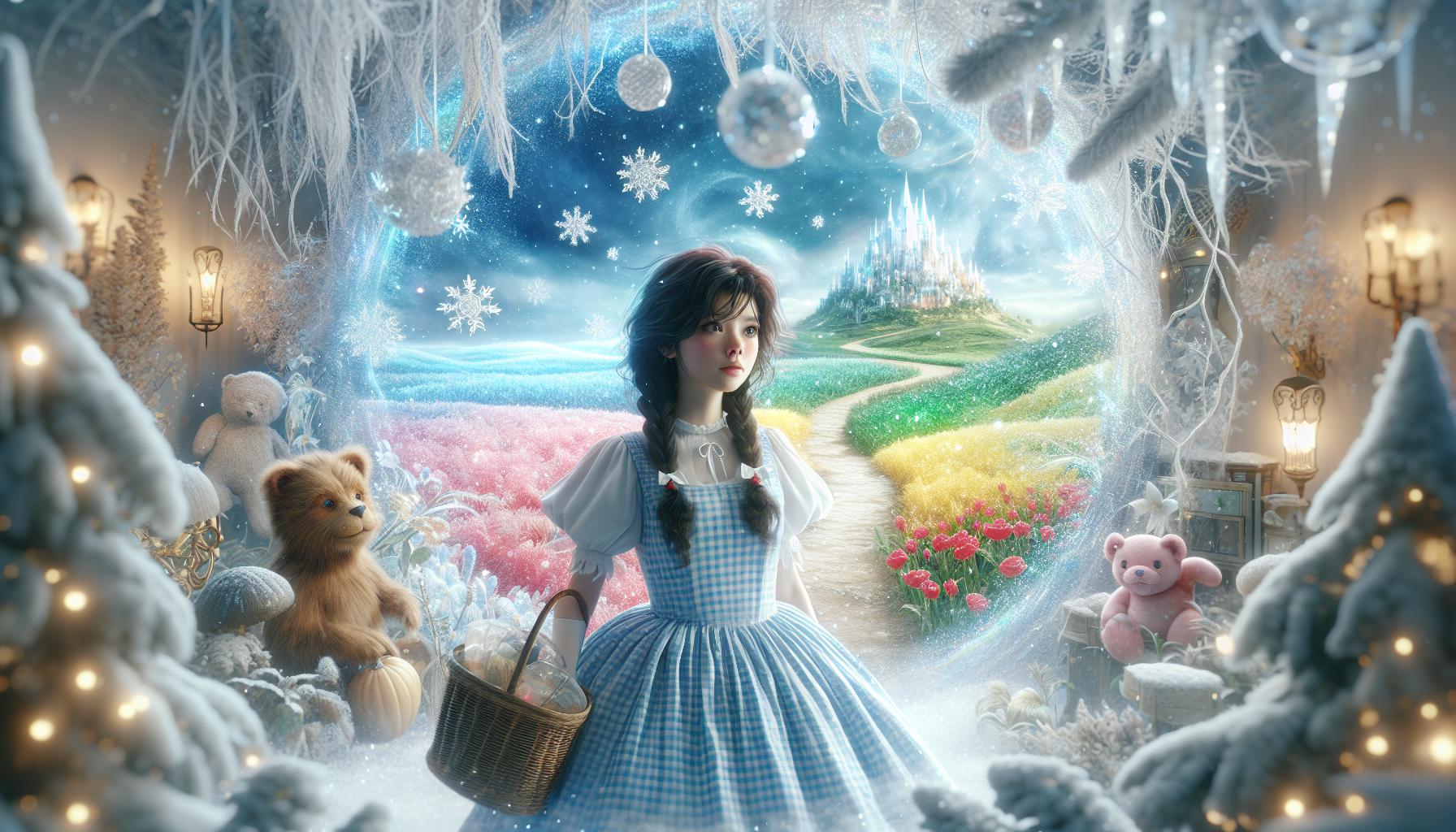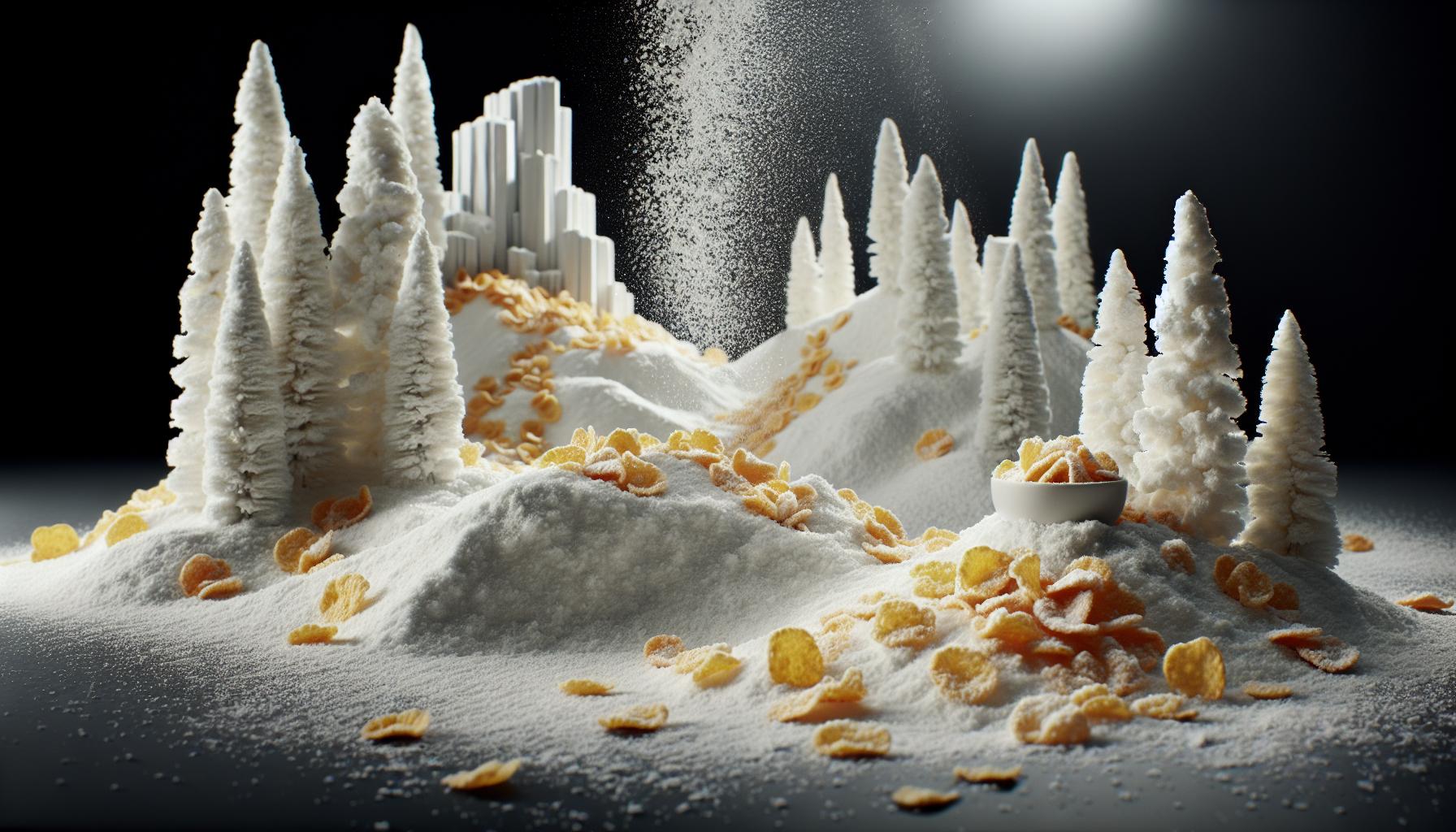When Dorothy and her friends took a frosty detour in the enchanting land of Oz, audiences were left wondering: what exactly was that magical snow? While it looked like a winter wonderland, the truth behind the scenes is as fascinating as the film itself. Spoiler alert: it wasn’t the fluffy white stuff that falls from the sky!
What Did They Use for Snow in The Wizard of Oz
“The Wizard of Oz,” released in 1939, remains a hallmark of American cinema. This musical fantasy film follows Dorothy Gale, who is swept away to the fantastical land of Oz. Upon arriving, she seeks the help of the Wizard to return home, aided by memorable characters like the Scarecrow, Tin Man, and Cowardly Lion. Filmmakers used innovative techniques to create the film’s enchanting visuals. They employed a mix of practical effects and theatrical artistry to bring the story to life. The vibrant colors and elaborate sets added to the movie’s charm, captivating audiences from the outset.
In the scene depicting snow, production designers turned to artificial elements instead of real snow. They used a mixture of crushed gypsum and cornflakes to simulate snow on set. This approach achieved the whimsical winter scene while providing a safe and manageable solution for the cast and crew.
This careful selection of materials ensured that the snow could be controlled, allowing for multiple takes without significant delays. The choice of crushed gypsum contributed to the light, fluffy appearance that complemented the magical atmosphere of the film. Capturing the essence of Oz required artistic creativity and a willingness to experiment with unconventional materials.
The lasting impact of “The Wizard of Oz” extends beyond its story and visuals. It’s regarded as a cultural touchstone, inspiring countless adaptations and homages across various media. Audiences continue to be enchanted by its timeless themes of friendship, courage, and the journey toward self-discovery.
The Snow Scene: A Closer Look

The snow scene in “The Wizard of Oz” holds a unique charm and significance within the film. This enchanting moment symbolically represents Dorothy’s dreams and longing for a different world. It further emphasizes the film’s overarching themes of hope and transformation. As Dorothy faces challenges in Oz, the snow serves as a dramatic backdrop, accentuating pivotal character moments and emotional arcs.
Significance of the Snow Scene
The snow scene adds depth to the narrative, visually capturing a sense of wonder. It contrasts sharply with the vibrant colors of Oz, highlighting the journey from desolation to beauty. This moment enhances the emotional stakes, marking a transition for Dorothy and her companions. Their struggles resonate, while the magical snow enhances the storytelling, leaving a lasting impression on audiences.
Materials Used for Snow

The snow effect in “The Wizard of Oz” relied on creative ingredients to achieve a magical look. Filmmakers carefully selected a mixture of crushed gypsum and cornflakes, which created the illusion of snow while ensuring safety for the actors.
The Choice of Ingredients
Crushed gypsum provided a fine, powdery texture that resembled snow when scattered on set. Cornflakes added volume, enhancing the fluffy appearance typical of fresh snowfall. This combination helped filmmakers control the visual elements effectively and maintain a whimsical atmosphere during filming. By using these materials, the crew achieved a unique aesthetic, enabling multiple takes without compromising the visual quality.
Safety Considerations for Actors
Safety played a crucial role in the choice of materials for the snow scene. Cornflakes, as a food product, posed little risk to the actors. The lightweight nature of both ingredients kept them from being harmful during intense scenes. Filmmakers prioritized the wellbeing of the cast, ensuring that they could perform without concern for potential injuries, contributing to a safe working environment on set.
Behind The Scenes Insights

Filmmaking for “The Wizard of Oz” involved intricate details and challenges, particularly with the snow scene. Filmmakers grappled with the need for a safe yet visually appealing effect. Managing the materials proved tricky since crushed gypsum and cornflakes created a unique blend. Maintaining a clean filming environment also presented difficulties as snow would collect on set equipment. Additionally, recreating the scene required multiple takes, impacting scheduling and logistics.
Innovations in film effects transformed industry standards during the production. The unique combination of crushed gypsum and cornflakes paved the way for creative solutions to simulate snow. These materials ensured actors remained safe while achieving the desired aesthetic. Filmmakers also adapted lighting techniques to enhance snow’s appearance, reflecting a commitment to artistic vision. Such innovations not only contributed to “The Wizard of Oz,” but they also inspired future generations of filmmakers to explore new visual possibilities in cinema. The enchanting snow in “The Wizard of Oz” serves as a testament to the creativity and ingenuity of its filmmakers. By using crushed gypsum and cornflakes, they crafted a whimsical effect that not only enhanced the visual storytelling but also ensured the safety of the cast. This innovative approach to special effects has left a lasting legacy in the film industry. The snow scene symbolizes hope and transformation, marking a pivotal moment in Dorothy’s journey. Its magical presence continues to resonate with audiences, reminding them of the film’s timeless themes. As “The Wizard of Oz” endures through generations, the artistry behind its iconic snow remains a cherished part of cinematic history.



